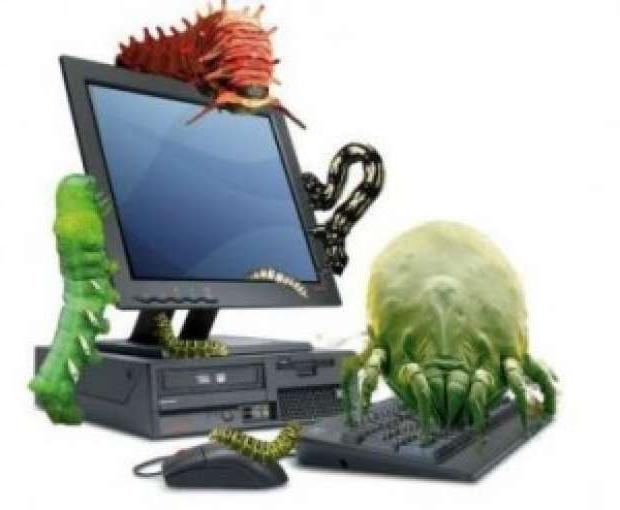Often when installing a new version of an antivirus, a problem arises: a new program cannot start installation due to the fact that the remnants of an old antivirus are not deleted on the computer. And here you understand: I can’t remove Kaspersky!
Usually this is a consequence of installing from a damaged file, system crashes, sometimes viruses cause damage. An error occurs when trying to install a completely new program. Let's say there was AVAST, but you decided to use Kaspersky or vice versa, you want to remove Kaspersky. When updating an old version from the same manufacturer or reinstalling the same version, such an error, as a rule, does not happen.
Too many programs sin that when removed by standard methods, they leave behind a lot of “garbage”: files, registry entries. No exception and antiviruses. The situation here is further complicated by the fact that, having no special knowledge, you cannot delete files and folders found manually. The system does not allow this, since they are protected from deletion.
How to get out of the situation and remove Kaspersky or another antivirus? On the official website of each antivirus program, it is possible to download a utility to completely remove program residues. To remove Kaspersky, there is a special utility Kavremover.
You need to go to the site and find there a link to download this utility. Download it, if it is in the archive file, unpack it. And start the program removal wizard by double-clicking the left mouse button on the kavremover.exe file. Residues should be removed without problems.

If you were unable to access the official site, your computer may have been the victim of a virus that blocks the connection using the
HOSTS file. This problem is easily solved, it does not require much knowledge.
To unlock access to the site, you need to find this file and manually fix the entries in it.
In older versions of Windows, it lies in the root folder of the drive. Starting with Windows NT, the file is located in the folder etc.
So, open "Computer" and go along this path, finding and opening folders in this order:
C: \ WINDOWS \ system32 \ drivers \ etc \ hosts. The first drive letter may be different; look for the one that your operating system is in.
You have found the file, now open it using the Notepad program and delete all entries from it, except for one line:
127.0.0.1 localhost
After that, access to the site should be open, you can download the utility and remove Kaspersky.
If you found the
hosts file, and it turned out to be completely empty, then it will not be superfluous to check whether it has been replaced. To do this, in the properties of folders you need to activate the item "Show hidden files." It happens that by turning on the display of hidden files, you can suddenly see two hosts files of the same name. In this case, delete the file that was hidden and
restart the computer. After these steps you should be able to log into the site without any problems.
In conclusion, I would like to give one more advice to those who decided to remove Kaspersky. Kaspersky Anti-Virus is one of the best computer protectors in the world, and in many countries it leads in popularity. But no matter how good it may be, still the decisive factor in safety is human, that is, your behavior.
Do not visit sites if the antivirus says they are dangerous. Do not run unknown, unverified programs. Do not use stolen keys for Kaspersky downloaded from the Internet. It happens that if such a key is blacklisted, Kaspersky “takes revenge”, the system may even be damaged, especially the old ones, starting with XP. Then you have to demolish everything and reinstall the operating system, losing the data that was in the computer's memory.
It is because of seemingly tough restrictions that many people think of removing Kaspersky. Someone has problems activating the program, there is no way to buy a license. There is a solution here - find the legal key: trial or journal activation code. They are published on sites, in social networks. If you follow these simple rules, you can be sure of the safety of your computer.